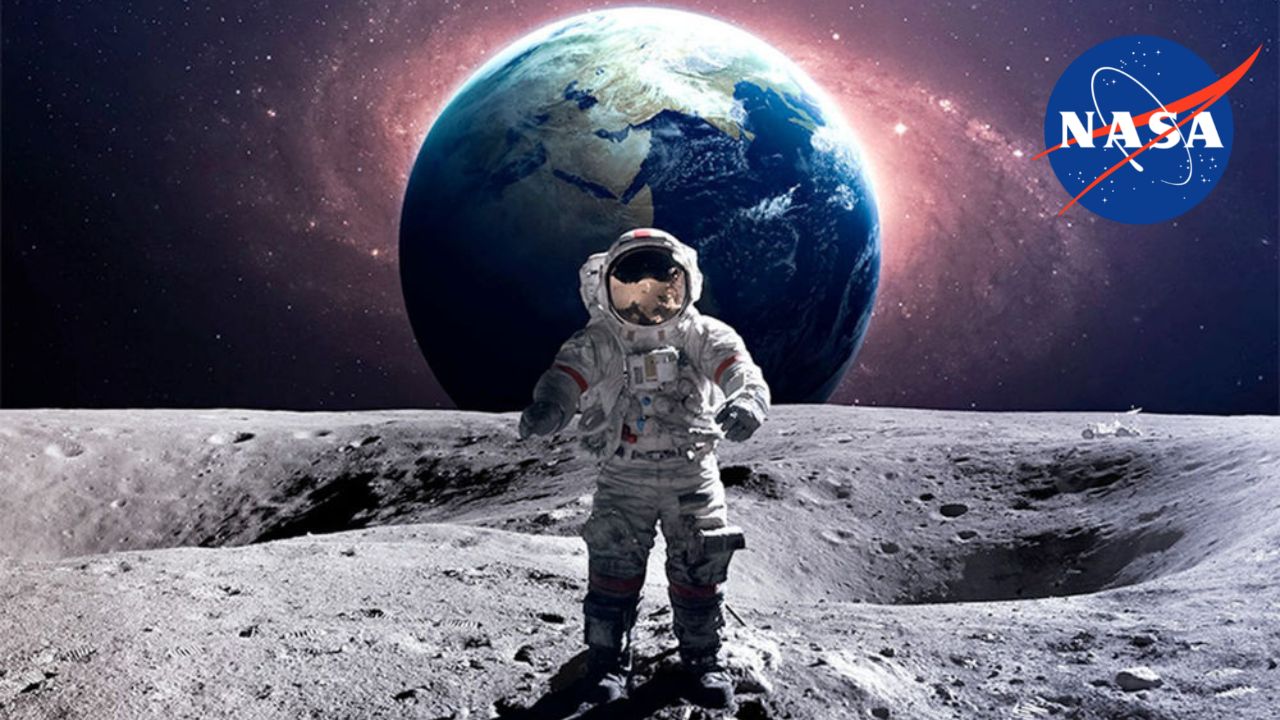NMSU researcher receives NASA grant

NEW MEXICO – New Mexico State University (NMSU) postdoctoral researcher Debanjan Sengupta received a three-year, US$750,000 grant from NASA’s Emerging Worlds program, which aims to understand the formation and early evolution of the Solar System.
Sengupta’s research, entitled “Planetesimal Formation: A Natural Synergy between Streaming Instability and Turbulent Concentration,” aims to understand how planets formed in the infancy of the Solar System.
According to NMSU, Sengupta’s research aligns with NASA’s mission to understand how the Sun’s family of planets and minor bodies form and evolve, as answering these questions is key to the development of future space agency missions.
The three-year grant funds the salaries of Sengupta and a senior researcher at NASA Ames Research Center, plus a one-month summer salary for Wladimir Lyra, an associate professor of astronomy at NMSU who leads Sengupta’s research.
Lyra established his planet formation group at NMSU in 2019. She received a NASA Theoretical and Computational Astrophysical Networks grant in 2020, a National Science Foundation Astronomy and Astrophysics grant, also in 2020, and a NASA Emerging Worlds grant in 2022.
Lyra explained that we do not yet understand how asteroids and comets form, and that astronomers are considering two main methods. This is important because asteroids and comets are the building blocks of planets. Sengupta’s research proposes to combine these two methods into a third option.
The first method is called “turbulence concentration.” Lyra states. “Think of the turbulence as a sea of eddies, of all sizes, coming into and out of existence,” Lyra explains.
In contrast, the second mechanism, dubbed “flow instability,” can occur in non-turbulent flow. A dust grain orbiting in the disk of a young star will suffer from the headwind of the gas. This headwind causes it to drift toward the star.
“What we know is that previous theoretical work in this field has shown that these two processes (“turbulent concentration” and “current instability”) have problems working alone,” Sengupta explains.
Lyra welcomes Sengupta’s new approach to the broader field of Solar System research. “Graduate assistants and postdocs are a very important part of our work because there are always more things to work on than there are hours in the day,” Lyra said.
